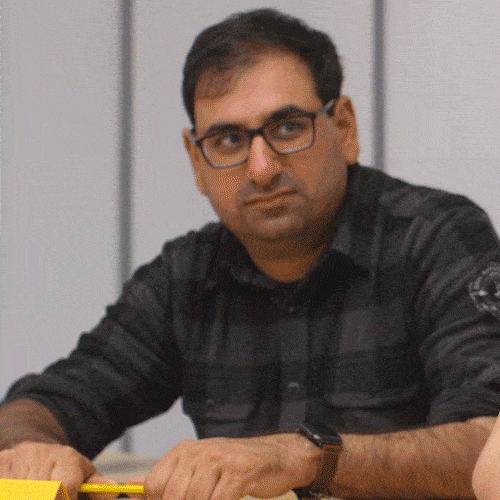The Importance Of Taking Breaks
Does practicing for longer actually lead to better results?
I recently read about a study on the benefits of taking short breaks, even as brief as 10 seconds, while learning a new skill. The study is not drawing related, it involved participants repeatedly typing sets of a short number sequence with quick 10 second breaks in between. But what’s interesting is that when measuring brain activity it was found that the brain was replaying the action, essentially practicing it, 20 times more in the breaks than during the physical activity.
The main takeaway is this: Taking brief moments of ‘waking rest’ is crucial to learning a new skill. The concept of ‘micro breaks’ is nothing new in the workplace but should we be applying them to our drawing practice? First let’s talk about how any type of break can benefit our drawing.
Why I make myself take regular breaks
It took me years to recognise the point at which I start hindering rather than helping my drawings or paintings.
For me, it looks and feels a little something like this:
- I’ll become aware that I’m reworking the same area trying to make it ‘better’
- I’m obsessively focusing on a very small part of the artwork rather than the overall impression
- Im getting too close to the artwork, both physically and emotionally
- I feel a sense of tension or frustration
Over time, I’ve learned to see these feelings as a sign that I need to take a break and so I take one…usually. If I don’t and I push through, it often doesn’t end well! The drawing becomes overworked or I overlook simple errors in proportion or value.

Here are some tips for scheduling valuable breaks
If you find you get caught up in your drawing practice and can’t see the bigger picture, try these two tips.
- To stay on track, set a timer on your phone. When it goes off, take 5-15 minutes away from the project, whether you feel like it or not. I find doing this prevents me from reaching that frustrating point where I’m no longer learning or practicing effectively.
- Find the ideal practice length. In my experience, drawing for 45 – 60 minutes at a time is best. However what works best for YOU will depend on your schedule, your skill level and your personality. Experiment with different lengths, set a timer and even if everything seems fine, stand up and take a short break. When you come back you’ll gain a fresh perspective, allowing you to review your work with a renewed mindset.
But what about micro breaks?
In relation to the study I mentioned earlier, it might also be worth experimenting with breaks as short as 10-30 seconds. Try making a habit of pausing regularly. And it’s not as easy as it sounds! I find I need to give myself a reminder at the start of a practice session to take micro breaks. Every time you take a natural pause from your drawing, make a conscious effort to do one of the following:
- Stretch your arms above you or behind you, interlock your fingers and push your chest forward to give your spine and your wrists a nice stretch.
- Lean back in your chair, look up at the ceiling and then look at your drawing from a greater distance to see it afresh.
Break-taking check list:
✔️ Set a timer for how long you will practice for before taking a break. I suggest anywhere from 20-60 minutes.
✔️Make yourself take a break when the timer goes off. Get a cup of tea or even just stand up and walk to the window.
✔️Make it a habit to pause regularly while you are drawing. Eg. Every 5-10 minutes stretch your arms or lean back from your drawing for a few seconds.
At the very least you’ll be doing yourself a favour by giving your body and your eyes a rest and you’ll see your work in a fresh light!
If you found this article useful, make sure you check out my article on how to get the most out of your practice time: How To Practice: Improve Your Drawing Faster.
